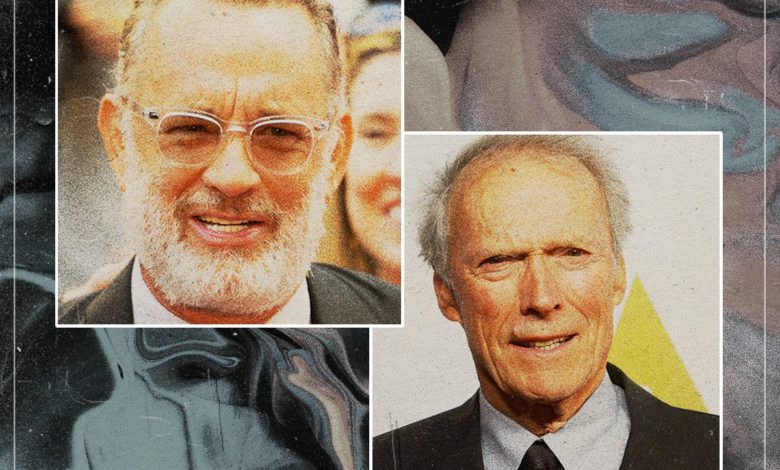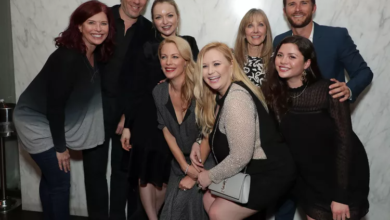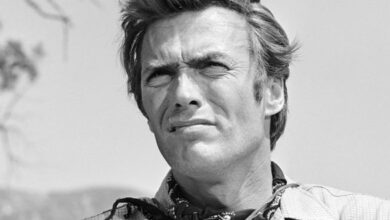Tom Hanks explains how Clint Eastwood “treats his actors like horses”

As perhaps one of the last true red-blooded American filmmakers, Clint Eastwood is as permanently etched onto the cinematic landscape as the faces of the founding fathers are on Mount Rushmore. He’s also a man of several hats, having emerged as a solid western actor in the 1960s show Rawhide, forging an unforgettable partnership with director Sergio Leone on the Dollars Trilogy and transitioning into a fully-fledged directing behemoth.
In the 1970s, Eastwood made his directorial debut with Play Misty for Me, and from then on, he’s made over 40 features – with his final picture, Juror #2, due out next year. His filmography behind the camera saw him walk the well-trodden path of the western, with undisputed classics like The High Plains Drifter and Unforgiven, but Eastwood’s proved himself equally talented at handling the war movie, the neo-noir crime thriller – and even a musical comedy, with one of his own personal favourites, 1980s Bronco Billy.
He’s also no stranger to the biopic, having directed sports drama Invictus, the Leonardo DiCaprio-led FBI piece J. Edgar, the controversial yet compelling American Sniper, and Sully, the tale of American pilot Chesley ‘Sully’ Sullenberger, who successfully landed a commercial aeroplane in the Hudson river following a mid-air collision with a flock of birds that damaged both engines. Tom Hanks, who played the titular American hero, experienced his first collaboration with Eastwood as director and revealed the industry legend’s particular style of filmmaking.
Speaking on an episode of The Graham Norton Show, Hanks revealed how Eastwood “treats his actors like horses”. However, the reason isn’t quite as unflattering or derogatory as it may first sound. Having entered the industry with Rawhide, a staple western show following cattle ranchers which, naturally, featured a lot of horses, it seems that Eastwood picked up a few tricks.
Hanks explained how, whilst filming the show, Eastwood noticed that “the director would shout ‘Action!’ – and all the horses bolted”. Years later, now sitting in the director’s seat and eager to assert more control over his production, Eastwood decided to do things differently. So, what precise directing methodology does the man put into practice? According to Hanks: “When he’s in charge, he says in a really quiet soft voice, ‘All right, go ahead,’ and instead of shouting ‘Cut!’ he says ‘That’s enough of that.’”
It’s not the first insider glimpse into Eastwood’s distinct and distinctive way of making movies. Another element of his direction which has become widely documented is his commitment to filming every scene in one single take – a far cry from the likes of Stanley Kubrick, who instead could demand up to 100 takes for an action as simple as picking up a phone, as reported by Tom Cruise on the set of 1999’s Eyes Wide Shut.
While Eastwood’s style may seem unconventional and particularly jarring for actors used to other environments on set, it’s nevertheless yielded some of the best movies of this century and the last. That’s speaking as an audience member, however. As for the actors, Hank’s words put it fairly succinctly: “It’s intimidating as hell!”





